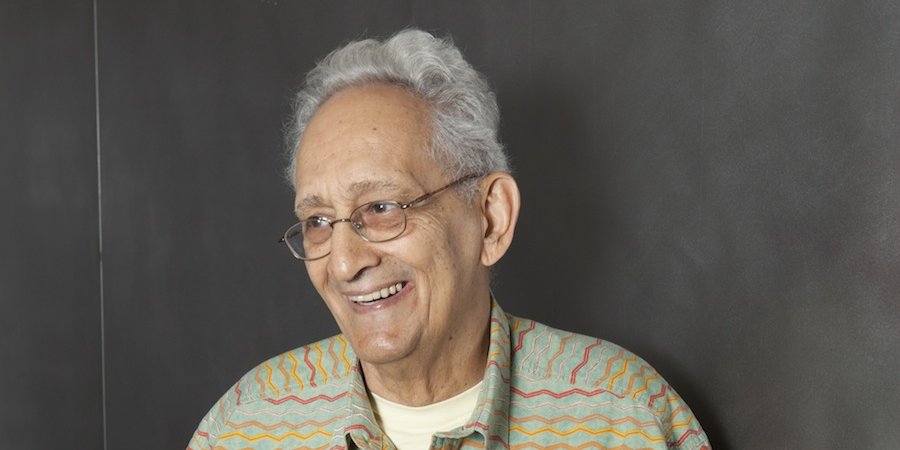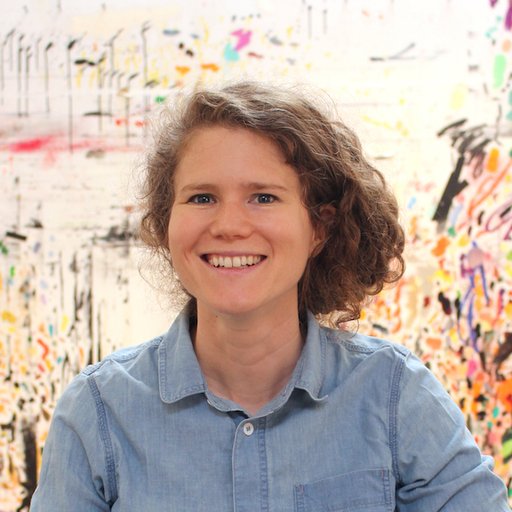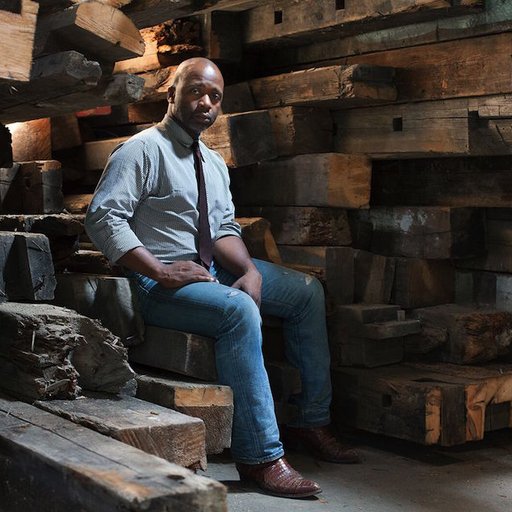Frank Stella started his career in the late 1950s as a maker of taut, Minimalist stripe paintings, works that were further defined by his aphorism "What you see is what you see." As visitors to his full-dress, full-floor Whitneyretrospective will perceive from the moment they get off the elevator and are confronted by the mural-length 1999 painting Das Erdbeben in Chili [M # 3], the 79-year-old artist has evolved to embrace riotous colors, unwieldy materials, and explosive forms in his recent work—even as younger artists with an interest in abstraction obsess over the rigorous formalism of his early years and pore over the compositional strategies in his 1986 book Working Space.
Stella's conversational style, meanwhile, remains as minimal as ever. In the run-up to the Whitney show, which opens on October 30 and runs through February 7, Stella took a few minutes to speak to Artspace deputy editor Karen Rosenberg in his usual laconic mode.
What’s it like, having the first solo show in that 18,000 square-foot space on the Whitney’s fifth floor?
It’s not exactly fun—it’s a pretty big space. Once you’re told that you have to do the whole space, you just do the best you can.
What has your reaction to the building been so far?
I like the building—it’s quite generous. I mean, things have changed now. So many people go to museums, and you can’t afford to be very intimate.
Has the flexibility of that vast, column-free space been a challenge? You can use it in so many different ways.
The truth of the matter is, it always comes out pretty much the same. You still have to have room for people to walk by, you have to respect the air-conditioning grid. After all of that stuff, it doesn’t matter too much. I mean, you can build anything you want, but you end up building full rooms.
How did the show take shape? I heard, for instance, that you initially wanted it to be focused on your recent work.
The idea was that it would be a show that continued from the last show that I had [at the Museum of Modern Art in 1987], so it would be from 1990 on. But the museum felt that a retrospective was necessary. The argument always is, there was a lot of people that weren’t born yet when the work was seen. So their claim is, it’s not as repetitive as it seems.
How does it feel to look back over the entirety of your career so far? What has emerged, or re-emerged?
You wonder how you got as far as you have, and then you wonder why you didn’t do better on the way to getting there. There’s not much you can do about it.
You've been extremely prolific, and the 100 or so works at the Whitney represent just a fraction of your total output. Did anything surprise you about the choices the curators made for this show?
No, because the selection process was kind of laborious. Everything was well-vetted. It’s hardly loaded with surprises.
This show is arriving at a really interesting moment for abstract painting. There’s been a real resurgence of interest in formalism and post-painterly abstraction among younger artists. What do you make of that?
I find it hard to believe! [laughs]
What do you mean by that?
I find it hard to believe they’re really that interested in it—I guess anything is possible. I don’t know why they would be particularly interested. I don’t see much—I see a little bit in the galleries, but I don’t see any dramatic surge toward abstraction. I see a dramatic surge towards pixelated paintings.
You had a lot of success early on in your career, with the MoMA show “Sixteen Americans” and later a retrospective there in your early 30s. What advice would you give to young artists today who are getting that same kind of attention early on?
Well, I guess I’d say, be thankful!
That’s good advice—but learning to handle that level of scrutiny can be very difficult.
I think that’s tremendously overplayed. If they can get attention, then they can handle it. That’s part of the equation, right?
Yes, but the market and the forces of globalism add a few wrinkles to that equation—the art world of today is a much bigger place than the one of your formative years, and artists are dealing with new pressures.
I think the pressures are always the same—the only difference is the amount of money that’s involved. I mean, it’s a lot of pressure to produce something for $25 dollars when you really need $25. It doesn’t matter if the pressure is for $2,500 or $25,000—it’s the same pressure.
RELATED LINK: How Frank Stella's Minimalism Went From Canvas to Cushion
























